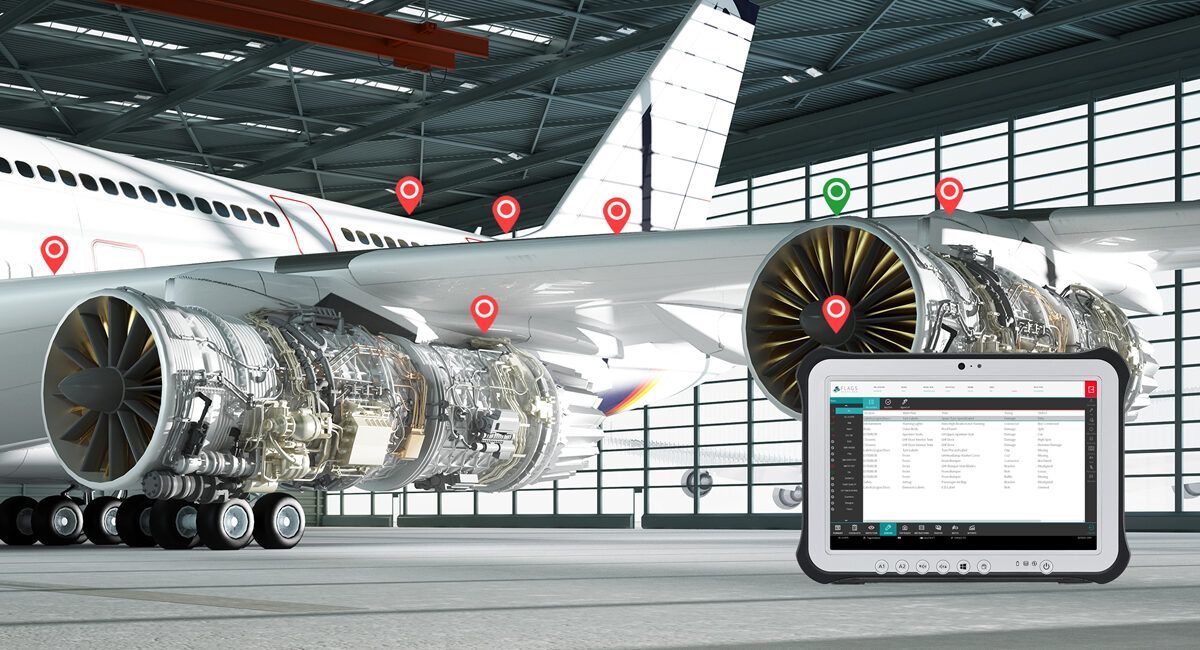As digital transformation proliferates in manufacturing, the ability to effectively manage and analyse data is crucial for maintaining operational excellence. The smart factory market is predicted to grow at a compound annual growth rate (CAGR) of 9.6%. This means it will reach $244.8 billion by the end of this year, according to Statista. This growth is driven by innovative data management tools including Artificial Intelligence (AI), digital twins, and predictive analytics.
The strategic integration of data lakes and data warehouses with smart quality management and automation systems empowers manufacturers to achieve a competitive advantage. This holistic approach builds operational resilience, adaptability, and future-proofs production capabilities.
Understanding the difference between data lakes and data warehouses, along with their strategic application when integrated with quality control in manufacturing, can significantly enhance operational efficiency and product quality.
Data lakes vs data warehouses
Data Lakes are vast repositories that can store raw, unstructured, semi-structured, and structured data. They are designed for flexibility and scalability, making them ideal for handling vast data types from numerous sources.
Data Warehouses, on the other hand, store structured data that has been processed and organised into a predefined schema. Data warehouses have data which is processed for a defined purpose, and optimised for high-performance querying and reporting, providing fast access to critical business insights.
The key differences between data warehouses and data lakes
Data types and sources:
- Data lakes are able to collate data from IoT devices, sensors, machines, ERP systems, and even external sources like market trends and social media.
- Data warehouses primarily integrate structured data from business applications such as ERP, CRM, and SCM systems.
Storage and processing:
- Data lakes utilise cost-effective, horizontally scalable storage solutions and big data processing frameworks.
- Data warehouses employ high-performance storage optimised for read-heavy operations and complex queries from SQL-based processing engines.
Use cases
- Data lakes are suitable for advanced analytics, predictive maintenance, anomaly detection, and real-time monitoring.
- Data warehouses are ideal for business intelligence applications, including reporting, dashboards, and historical analysis.
- It’s common for enterprise-level organisations to incorporate both a data lake and a data warehouse into their analytics ecosystem. Both collaborate to create a secure, end-to-end system for storage, processing and accelerated insights.
Enhancing quality control with data lakes and data warehouses
Advanced analytics for predictive maintenance
FLAGS quality control software integrates with data lakes and data warehouses to enhance predictive maintenance analytics. Data lakes store raw production data, enabling predictive models and comprehensive analysis to inform design modifications. Meanwhile, data warehouses organise structured data, providing a central repository for both historical and real-time information. This supports machine learning and statistical models that predict equipment failures, enabling timely maintenance, reducing downtime, and extending product lifespan.
Real-time monitoring and anomaly detection
By integrating with data lakes and data warehouses, FLAGS quality management software enhances real-time monitoring and anomaly detection. Data lakes store real-time data from production lines for immediate analysis and issue identification. Concurrently, data warehouses organise structured data, enabling continuous tracking of key performance indicators (KPIs) and operational metrics. Advanced analytics and machine learning detect real-time anomalies, ensuring prompt issue resolution. This integration improves production efficiency and maintains high-quality standards.
Comprehensive data integration for root cause analysis
With data lakes and data warehouses, FLAGS Software supports comprehensive data integration for root cause analysis. Data lakes provide extensive raw data for in-depth analysis, while data warehouses organise structured data, creating a unified hub for historical and real-time information. This facilitates advanced analytics to identify the underlying causes of quality issues and inefficiencies. For example, data can be used for potential warranty claims. Cars out on the road that are returning a fault can be traced back to data collected at the time of manufacture, and that data can potentially be used to validate warranty claims. This integration enables thorough root cause analysis, leading to improved processes, enhanced quality control, and optimised production efficiency.
High-performance reporting and decision-making
FLAGS Software enhances reporting and decision-making by integrating with data lakes and data warehouses. Data lakes provide a comprehensive dataset for analysis, while data warehouses structure the data to generate accurate, timely reports. This supports advanced analytics and real-time insights, enabling informed decision-making. By combining data lakes and data warehouses, FLAGS facilitates high-performance reporting and decision-making, driving strategic planning, operational improvements, and continuous quality enhancement.
Enhanced quality management with FLAGS Software
Integrating data lakes and data warehouses is transforming quality management in manufacturing. As digital transformation advances, these tools form the foundation for a smart, resilient, and adaptive manufacturing environment.
By leveraging data lakes and data warehouses with FLAGS Software, manufacturers can utilise advanced analytics, predictive maintenance, real-time monitoring, and comprehensive data integration. This integration enhances product quality, operational efficiency, and supports high-performance reporting and informed decision-making. As the smart factory market grows, effective use of these technologies ensures a competitive edge and sustained operational excellence.
Speak to FLAGS Software today.






